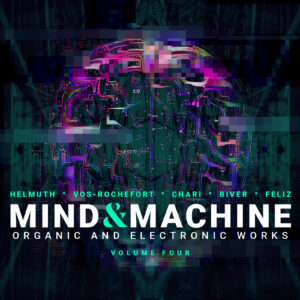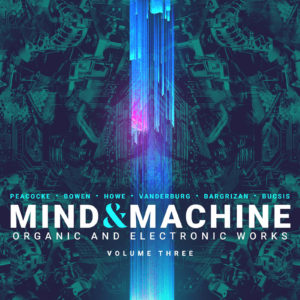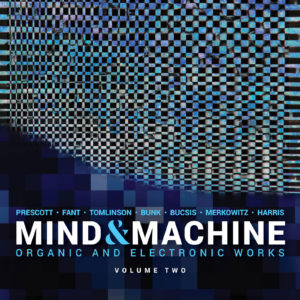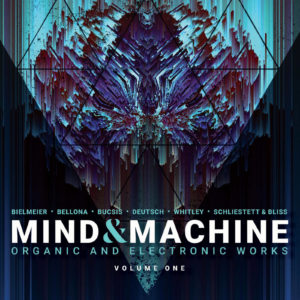Mind & Machine, Volume Five
William Jason Raynovich composer
Bill Whitley composer
Fared Shafinury composer
Jeff Morris composer
Juliana Hodkinson composer
David Congo composer
Colin Kemper composer
Daniel De Togni composer
The critically-acclaimed MIND & MACHINE series from Ravello Records returns with its fifth edition with an all-new roster of today’s electro-acoustic composers. This installment taps into and unpacks the foundations of our universe, from the hidden corners of our psyche to the fibers that hold our world together. Offering meditative reflections on the ephemeral moments in our lives and exploring resemblances between music and scientific concepts, MIND & MACHINE, VOLUME FIVE delivers a sprawling artistic soundscape that allows for deep introspection and self-discovery.
Listen
Stream/Buy
Choose your platform
Track Listing & Credits
| # | Title | Composer | Performer | |
|---|---|---|---|---|
| 01 | Now #256 (final 5 minutes) | William Jason Raynovich | Wiliam Jason Raynovich, electric cello | 5:11 |
| 02 | Kaleidoscope | Bill Whitley | Bill Whitley, electronic instruments; Elena Talarico, acoustic piano; Francesco Zago, gongs and bells | 10:15 |
| 03 | Quantum Shāhed: The Witness & the Waves | Fared Shafinury, Jeff Morris | Fared Shafinury, setār; Jeff Morris, live electronics | 7:52 |
| 04 | Furs | Juliana Hodkinson | Juliana Hodkinson, foley and sewing machine | 4:52 |
| 05 | Shells | Juliana Hodkinson | Carsten Richter, foley; Juliana Hodkinson, additional foley, violin and samples | 5:09 |
| 06 | Prisms I | David Congo | David Congo, electroacoustic | 11:55 |
| 07 | I am all that is here, I | Colin Kemper | Colin Kemper, Bb clarinet | 5:08 |
| 08 | Inquiry into the nature of the warm asphalt beneath my feet with lines lining things up | Colin Kemper | Colin Kemper, Bb clarinet | 3:30 |
| 09 | Rain on the Wind | Daniel De Togni | Transient Canvas | Amy Advocat, bass clarinet; Matt Sharrock, marimba | 5:32 |
| 10 | Now #257 | William Jason Raynovich | Wiliam Jason Raynovich, electric cello | 15:40 |
Track 1*
Recorded January 27, 2023 at Chicago State University in Chicago IL
Recording Session Producer, Engineer, Editing & Mixing William Jason Raynovich
Track 2
Recorded February-March 2023 in Albany, Oregon & Lecco, Italy
Engineering & Mixing Francesco Zago
Track 3
Recorded January 29, 2023 at Belafonte Studio in Corpus Christi TX
Electronic instrument design Jeff Morris
Quantum physics conceptualization Nader Mirabolfathi, Kamran Reihani, Jeff Morris
Track 4
Samples originally recorded October 10, 2012 at picaroMedia in Berlin, Germany
Composition, Editing & Mixing Juliana Hodkinson
Recording Engineer, Final Mixing Peter Weinsheimer
Track 5
Samples originally recorded January 25, 2012 at Studio Warns in Berlin, Germany
Recording Engineer Johannes Warns
Composition, Editing & Mixing Juliana Hodkinson
Final Mixing Peter Weinsheimer
Track 6
An electroacoustic work created December 2018 – February 2019 at the Sound Synthesis Studio in West Springfield MA
Tracks 7-8
Recorded June 2020 in Tuscaloosa AL
Recording Session Producer & Engineer Colin Kemper
Track 9
Recorded August 4, 2021 in Alba, Italy
Track 10*
Recorded January 28, 2023 at 4718 N Kedzie Ave in Chicago IL
Recording Session Producer, Engineer, Editing & Mixing William Jason Raynovich
Mastering Melanie Montgomery
*This program is partially supported by a grant from the Illinois Arts Council Agency.

Executive Producer Bob Lord
A&R Director Brandon MacNeil
A&R Danielle Sullivan, Chris Robinson, Ivana Hauser
VP of Production Jan Košulič
Audio Director Lucas Paquette
VP, Design & Marketing Brett Picknell
Art Director Ryan Harrison
Design Edward A. Fleming
Publicity Aidan Curran, Chelsea Kornago
Artist Information
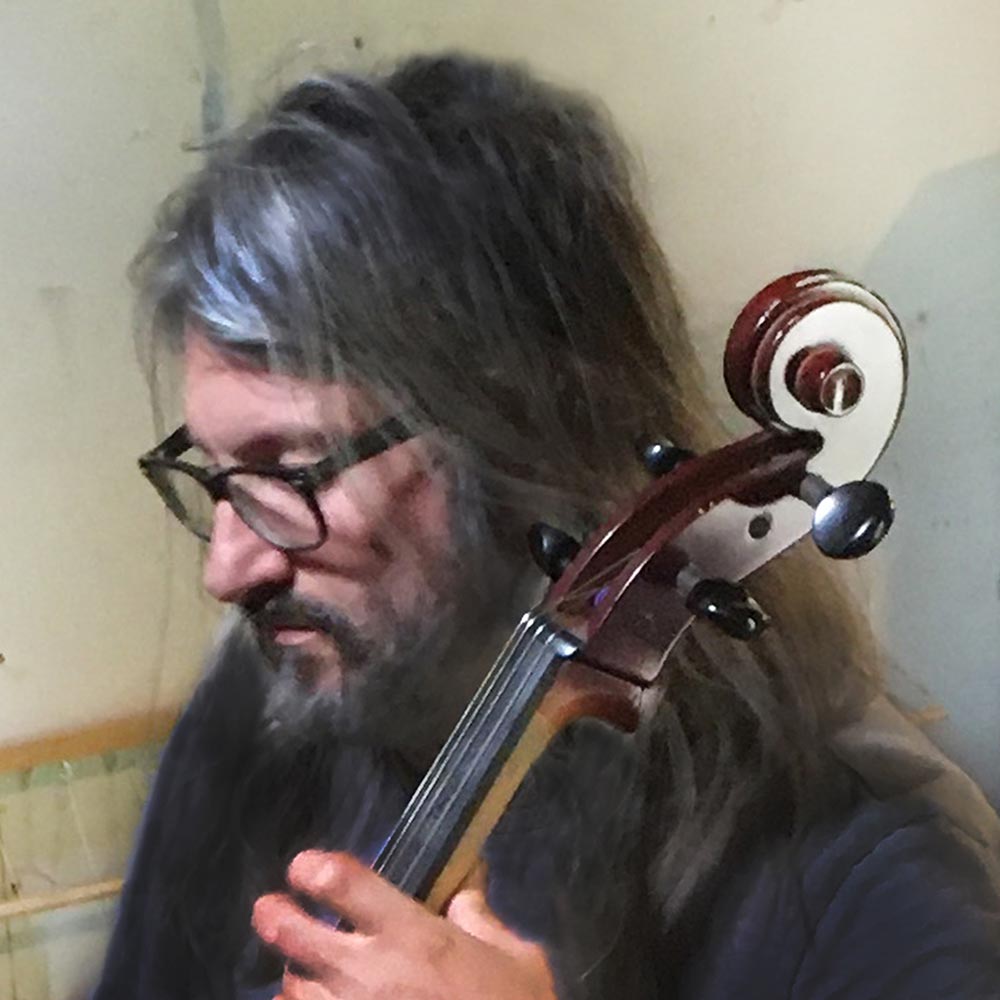
William Jason Raynovich
William Jason Raynovich uses (or rather abuses) computers to create musical repetition out of the idiosyncrasies of physical performances. With the open-source visual programming language, Pure Data, he creates interactive compositions with new notational systems and explores self-similarity systems with live audio processing. He is constructing a series of unconventional instruments to accompany these algorithmic compositions. The works in this series include tre’ for voice, instruments, and computer,and his cello solo piece, now for cello and computer.
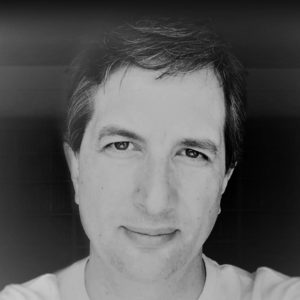
Bill Whitley
Bill Whitley works with shapes and patterns, correlating musical materials to kinetic sculpture. His music is defined by interlocking, often hypnotic patterns interspersed with passages of intense rhythmic energy, while placing linear content in the foreground.
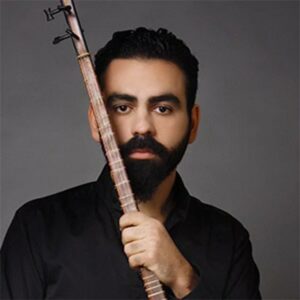
Fared Shafinury
Fared Shafinury is an internationally acclaimed artist, Persian setârist, composer, vocalist, activist, and educator. Beyond the singer songwriter, he is a disciple of the many prominent masters of Radif, setâr, and âvâz (Lotfi, Shâri, Zolghadr, and Mozafari). Shafinury has dedicated his life to both the preservation and evolution of classical Persian music.
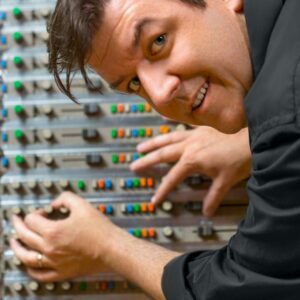
Jeff Morris
Jeff Morris creates musical experiences that engage audiences’ minds with their surroundings. His performances, installations, lectures, and writings appear in international venues known for cutting-edge arts and deep questions in the arts. He has won awards for making art emerge from unusual situations: music tailored to architecture and cityscapes, performance art for the radio, and serious concert music for toy piano, robot, Sudoku puzzles, paranormal electronic voice phenomena, and live coding using algebra and breath-controlled piano.
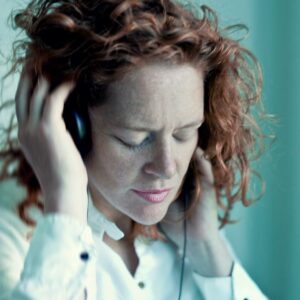
Juliana Hodkinson
Juliana Hodkinson’s practice moves within experimental music and sound art genres, and her works range from intimate chamber and object pieces through hybrid formats to larger electroacoustic and orchestral productions. Commissions include All around (BBC Scottish Symphony Orchestra), Angel View (Spor Festival/Scenatet/Berliner Festspiele), Ground View (Ensemble Mosaik), Hauch and Ready for ecstasy (Neue Vocalsolisten), Can modify completely (WDR Sinfonieorchester), Turbulence (Chamber Made Opera), Lightness (Speak Percussion) and something in capitals (Phønix16).
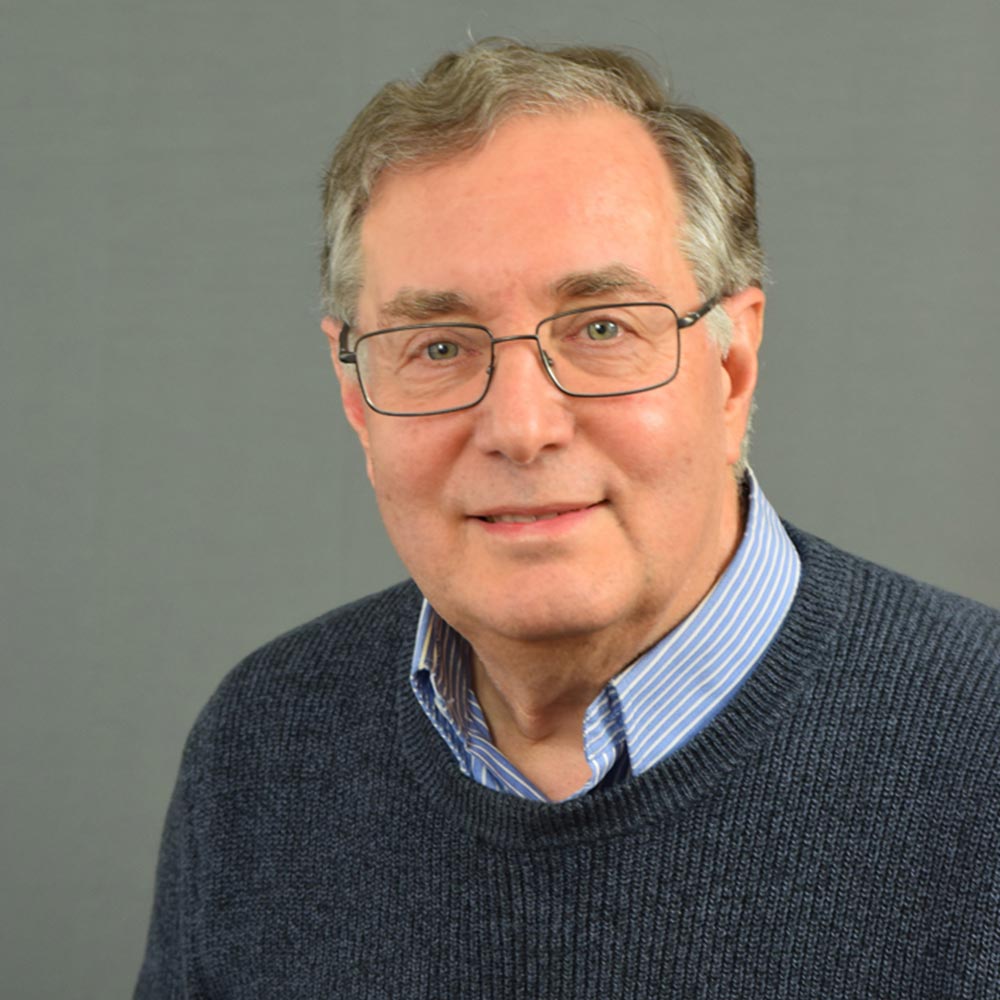
David Congo
David Congo (b. 1952) graduated with honors from Western Connecticut State University in Danbury CT, and earned his master degree in music composition at the Ohio State University in Columbus OH. After studying music at these universities, Congo entered a career in the IT field, and immediately began combining computer technology with music creation. He has created works for acoustic and electroacoustic instruments for over 45 years.
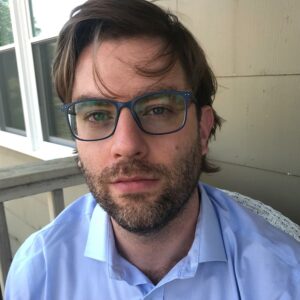
Colin Kemper
Colin Kemper is a composer, performer, and educator. His compositional interests are multifaceted; particularly, his art is concerned with matters pertaining to mental wellness, family dynamics, gender norms, addiction, trauma, and recovery. He is interested in collaborative endeavors involving notated music, electronic, electro-acoustic, popular song, theater, video games, film, dance, screendance, and multimedia installation.
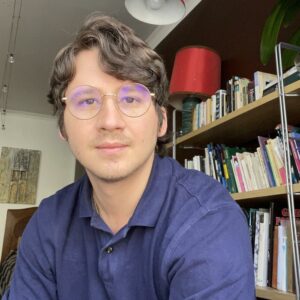
Daniel De Togni
As a composer and artist who primarily works with sound, Daniel De Togni is fascinated with the concept of space in sound/music. Specifically, the psychological space that music inhabits in our minds as listeners, performers and/or creators, how sonic objects interact with each other in real-time and space, as well how a sound can evoke an image or landscape in our minds.

